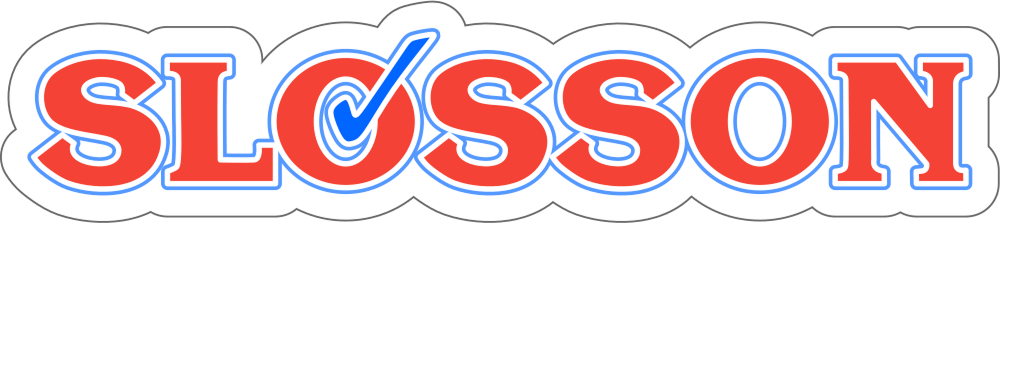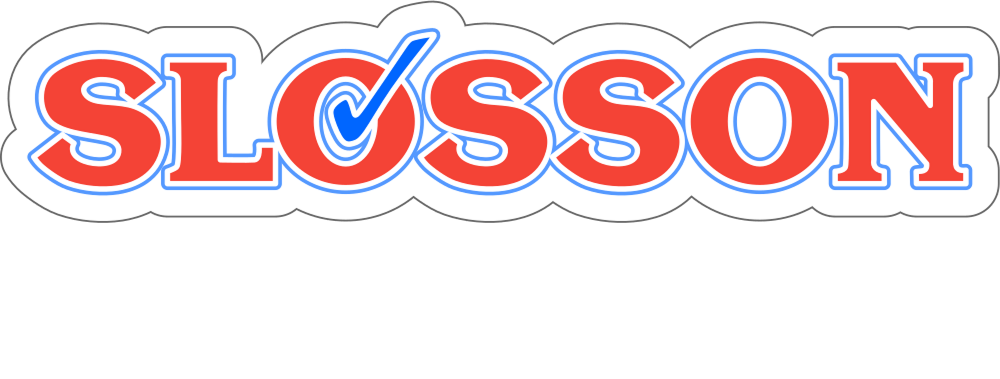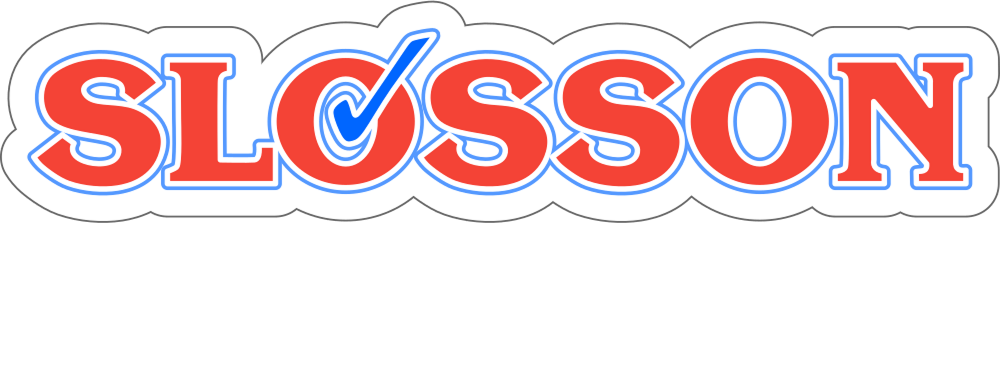Speech & Language
We provide a wide range of helpful products to assist educators, psychologists, counselors, and more.
Phonological and Print Awareness Scale (PPA)
The PPA measures early literacy skills and allows examiners to easily track development of these skill over time. This research-based, standardized test can be administered quickly and helps identify children who may benefit from early intervention
Test of Narrative Language - 2nd Edition (TNL-2)
The Test of Narrative Language - Second Edition (TNL-2) is a norm-referenced test that measures children's narrative language abilities (i.e., children's ability to understand and tell stories). Narration is an important aspect of spoken language, not usually measured by oral-language tests, that provides a critical foundation for literacy.
Test of Semantic Reasoning (TOSR)
Semantic reasoning is the process by which new words are learned and retrieved from one's lexicon through analysis of multiple images that convey various contexts of the word's meaning. The TOSR assesses breadth and depth of vocabulary knowledge without taxing expressive language skills, providing an important new resource for individuals assessing children with possible language and literacy deficits. Breadth and depth are both important for literacy. Breadth is related to early decoding, and depth to later comprehension.
Token Test for Children - 2nd Edition (TTFC-2)
The Token Test for Children - Second Edition (TTFC-2) is a reliable and effective screening measure for assessing receptive language in children ages 3 years 0 months to 12 years 11 months. Administration is rapid, yielding raw scores, standard scores, percentile ranks, age equivalents. The normed representative sample consists of 1,310 children, residing in 22 states.
Illinois Test of Psycholinguistic Abilities (ITPA-3)
The ITPA-3 is an effective measure of children's spoken and written language. All of the subtests measure some aspect of language, including oral language, writing, reading, and spelling. The content in this edition is consistent with Charles Osgood's original communication model and also with the adaptions of that model made by Samuel Kirk, James McCarthy, and Winifred Kirk. Chief among the assumptions underlying this model are: language is an important part of a child's development, the essential components of language are measurable, these language components can be improved through instruction, and instruction in language is relevant to success in basic school subjects, particularly reading and writing.
Oral and Written Language Scales - 2nd Edition
(OWLS-II)
Building on the strong theory and research underpinning the original OWLS, the second edition of this highly regarded test offers an integrated, global approach to language assessment. The OWLS-II adds a Reading Comprehension Scale, updated norms, new items, a parallel form, improved scoring guidelines, and full-color stimulus materials. Moreover, a helpful new handbook, Foundations of Language Assessment, explains the theory upon which the OWLS-II is based, making it easier to understand the test and interpret results. Measuring four language processes - separately and in relation to one another - this second edition gives you the most complete, accurate, and useful picture of language skills currently available.
Expressive One-Word Picture Vocabulary Test - Fourth Edition (EOWPVT-4)
The EOWPVT-4 assesses English speaking vocabulary and verbal intelligence, allowing you to screen for school readiness or estimate the English fluency of bilingual individuals. The test now consists of 190 items presented in a developmental sequence 9based on the 2010 normative sample) that reflects the concepts with which people currently have experience through home, school, or media. To keep interpretation clear and direct, this edition continues to focus on confrontation naming using mainly nouns., The expanding norms allows use of the test with adults in various diagnostic; rehabilitation, or therapeutic settings., The EOWPVT-4 has been co-normed with ROWPVT-4 to provide as complete picture of naming vocabulary.
Receptive One-Word Picture Vocabulary Test (ROWPVT-4)
The ROWPVT-4 assesses receptive vocabulary; especially useful with individuals who are bilingual, speech impaired, withdrawn, emotionally troubled, or physically disabled. The test now consists of 190 items presented in a developmental sequence (based on 2010 normative sample) that reflects the concepts with which people currently have experience through home, school, or media. to keep interpretation clear and direct, this edition continues to focus on confrontation naming using mainly nouns. The expanded norms allow use of the ROWPVT-4 has been co-normed with the EOWPVT-4 to provide a comprehensive assessment of expressive and receptive vocabulary.
Vocabulary Assessment Scales - Expressive / Receptive
An innovative new measure, the VAS-E and VAS-R present full-color photographs to measure the breadth of an individual's vocabulary and oral language development. A complementary pair of norm-referenced tests designed for simple administration and scoring, the VAS-E and VAS-R can be used individually or in combination throughout an individual's life span.
Test of Language Development - Primary Fifth Edition (TOLD-P5)
The TOLD-P:5 assesses spoken language in young children. It is well constructed, reliable, practical, research-based, and theoretically sound. Professionals can use the TOLD-P:5 to (1) identify children who are significantly below their peers in oral language proficiency, (2) determine their specific strengths and weaknesses in oral language skills, (3) document their progress in remedial programs, and (4) measure oral language in research studies.
Test of Language Development - Intermediate Fourth Edition (TOLD-I4)
The TOLD-I4 can be used by professionals to identify children who are significantly below their peers in oral language proficiency, determine their specific strengths and weaknesses in oral language skills, document their progress in remedial programs, and measure oral language in research studies. Comprised of six subtests, the TOLD-I4 measures semantics or grammar skills. The combination of all six subtests represents overall Spoken Language.
Comprehensive Test of Phonological Processing - Second Edition (CTOPP-2)
The CTOPP-2 has four principal uses: (1) to identify individuals who are significantly below their peers in important phonological abilities, (2) to determine strengths and weaknesses among developed phonological processes, (3) to document individuals' progress in phonological processing as a consequence of special intervention programs, and (4) to serve as a measurement device in research studies investigating phonological processing.
Goldman Fristoe Test of Articulation - Third Edition (GFTA-3)
The third edition of the Goldman-Fristoe Test of Articulation offers updated norms, new digital test administration and scoring options. The new test will still be brief to administer and easy to score, while providing you with accurate scores you can count on for making diagnostic and placement decisions.
Comprehensive Receptive & Expressive Vocabulary Test - Third Edition (CREVT-3)
The CREVT-3 is an innovative, efficient measure of both receptive and expressive oral vocabulary. It is a norm-referenced assessment tool used to identify, describe, and quantify oral vocabulary proficiency in children and adults. Specifically, it can be used to identify individuals who are significantly behind their peers in oral vocabulary facility, note discrepancies between receptive and expressive oral vocabulary, document progress in oral vocabulary development as a consequence of intervention programs, and measure oral vocabulary in research studies.
An Oral-Motor Myofunctional Approach to Speech (O-M MATS)
The O-M MATS presents an oral-motor myofunctional approach to speech problems which do not respond to phonological processes techniques or to other cognitively based approaches. It presents a series of facilitation exercises designed to develop muscle strength, jaw closure, centerline airstream, and the tongue-tip placement and grooving necessary for the production for the s, ch, sh, l, and r sounds.
Speech-Ease Screening Inventory (K-1) (SESI)
The Speech-Ease Screening Inventory tests articulation, expressive and receptive vocabulary, and auditory comprehension abilities of kindergartners and first graders. Administration of the screening is individual and can be completed in any school setting in approximately 7 to 10 minutes. The inventory effectively identifies children who need further diagnostic evaluation.
Developmental Test of Auditory Perception (DTAP)
The DTAP is a battery of 5 item sets that measure different, but interrelated, aspects of auditory perception. The comp0rehensive battery is designed to assess auditory perception without invoking higher order verbal reasoning or extensive memory capacity. The DTAP can be administered by psychologists, speech-language pathologists, general and special educators, neuropsychologists, and diagnosticians who are interested in examining the auditory perception status of school-age children.






